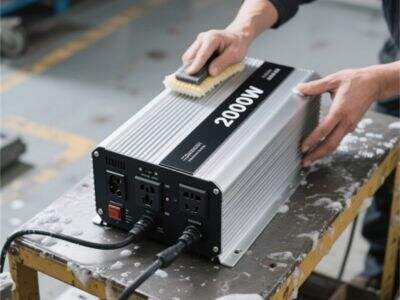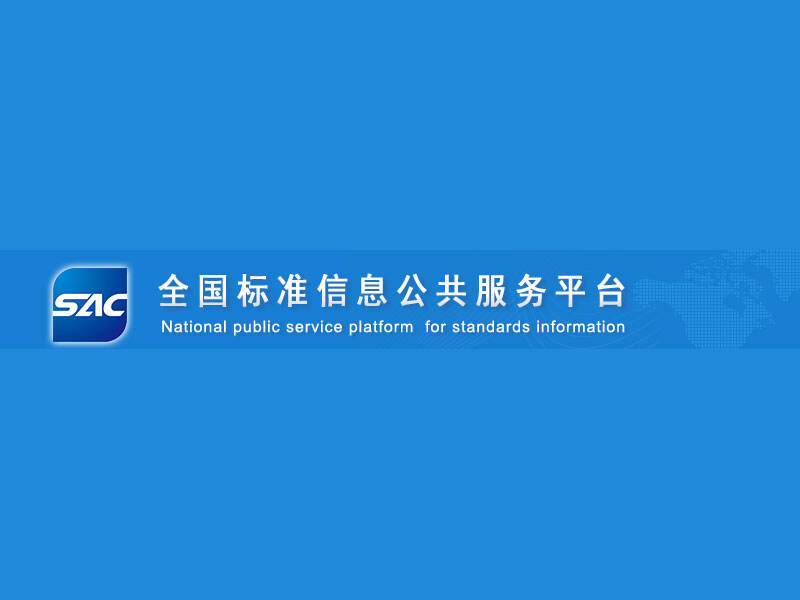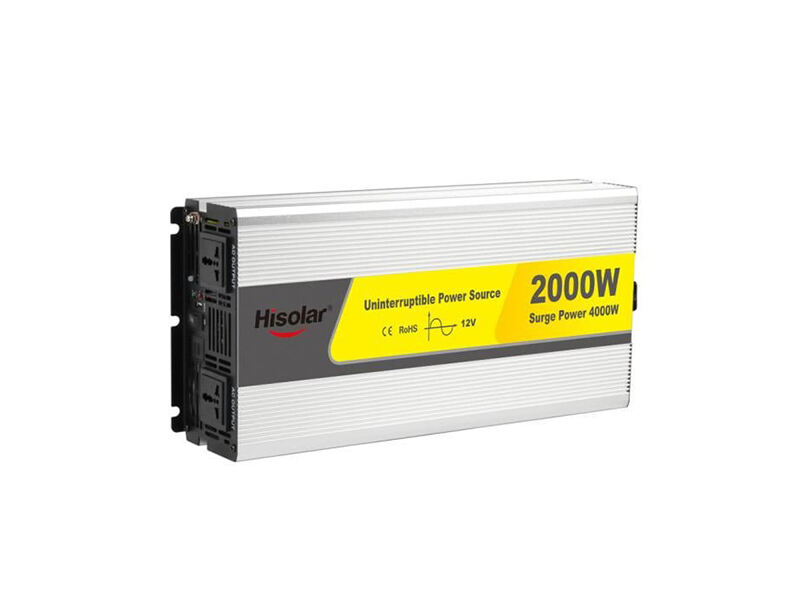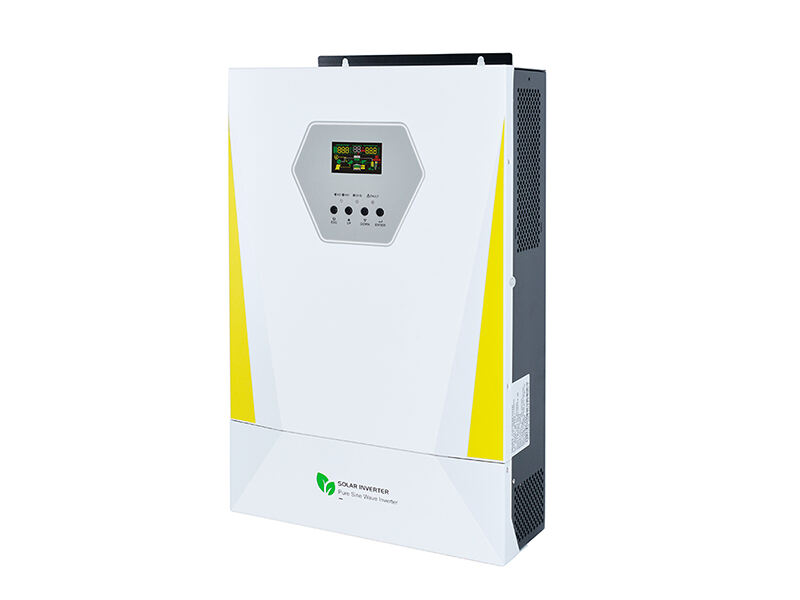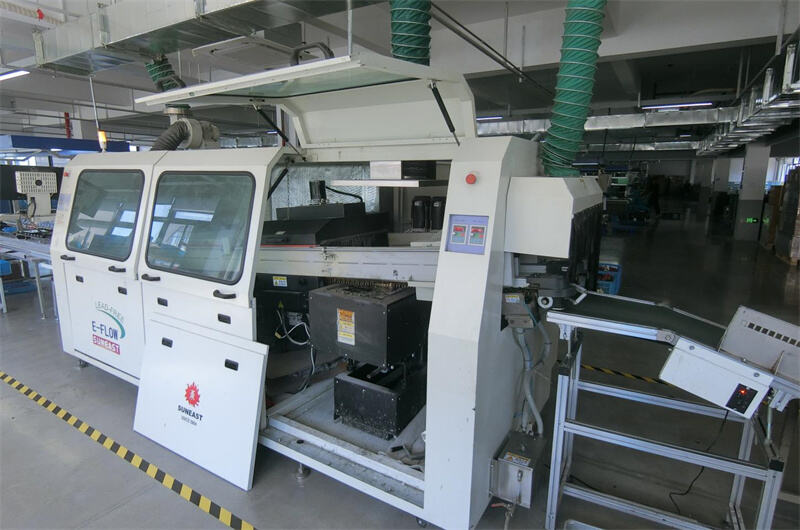Güneş enerjisi sisteminde en önemli bileşenlerden biri doğru invertörü seçmektir – mikro inverterler ve geleneksel inverterler arasında. Her teknolojinin, güneş sisteminizin verimliliği, maliyet etkinliği ve güvenilirliği üzerinde belirgin bir etkisi olabilecek kendine özgü avantajları ve dezavantajları vardır. Bu makalede, mikro inverterler ile geleneksel dizgi (string) inverterler arasındaki karşılaştırmayı daha yakından inceleyeceğiz, mikro inverter kullanımının avantajlarını, mikro inverter ile dizgi inverter maliyet tasarruflarını, mikro inverterlerle enerji üretimi ve verimlilikteki artışı, ayrıca mikro inverterler kullanarak sistem güvenilirliğini ve izlemeyi nasıl artırabileceğinizi ele alacağız.
Mikro inverterler ile geleneksel inverterler arasındaki karşılaştırma
Geleneksel inverterler, genellikle tek bir ana bölgede yerleştirilen ve güneş panelleri tarafından üretilen doğru akım enerjisini (DC), evinizde veya iş yerinizde kullanılmak üzere alternatif akıma (AC) dönüştüren merkezi tipte inverterlerdir. Diğer taraftan, Jyins Hibrit Güneş Inverteri her bir güneş panelinin üzerine yerleştirilen ve orada doğrudan DC olan güneş enerjisini AC'ye çeviren cihazlardır. Bu, mikro inverterlerin birbirinden bağımsız olarak çalışabileceği anlamına gelirken, klasik inverter tüm güneş paneli kurulumu için tek bir birim olarak çalışır.
Verimlilik açısından, gölgelenme veya sadece bir panelden artıklar nedeniyle geleneksel bir inverter sisteminin tamamı güç kaybına uğrayabilir. Mikro inverterler ise her panel bazında güç çıkışını optimize edebilir ve bu nedenle aydınlatmadaki farklılıklara rağmen genel verimliliği maksimize eder. Ayrıca mikro inverterler sistem tasarımında daha esnektir; yıllar içinde güneş enerjisi santralinizi genişletmeyi veya değiştirmeyi kolaylaştırır.
Güneş uygulamalarında mikro inverterlerin avantajları
Mikro inverterlerin güneş enerjisi sistemlerindeki temel avantajlarından biri, enerji verimliliğini en üst düzeye çıkarmaktır. Mikro inverterler, her panelde doğru akımı (DC) alternatif akıma (AC) dönüştürerek gölgelenme veya optimal olmayan panellerden bağımsız olarak her paneli en yüksek performans seviyesine çıkarabilir. Bu da geleneksel invertörlere kıyasla daha yüksek genel enerji üretimi ve sistem verimliliği sağlayabilir.
Ayrıca mikro inverterler, arızalanma riskinin tüm diziye yayılmayıp yalnızca bireysel panellere sınırlı kalması nedeniyle sistem güvenilirliğini artırabilir. Bu durum, tek bir panel arızalanıp düşük performans gösterse bile sistemin geri kalanının yine de optimum kapasiteyle çalışmaya devam edeceği anlamına gelir. Mikro inverterler ayrıca ileri düzey izleme imkânı sunar; böylece sahipler, her panelin gerçek zamanlı üretimini takip edebilir ve sorunlar ciddi hâle gelmeden önce olası aksaklıkları tespit edebilir.
Mikro inverterlerin geleneksel invertörlere kıyasla kullanımından sağlanan tasarruflar
Mikro inverterler, geleneksel inverterlere kıyasla başlangıçta biraz daha fazla maliyet oluşturabilir, ancak uzun vadede sağladıkları tasarruflar güneş sisteminiz için verimli bir seçenek haline getirebilir. Mikro inverterler, gölgelenme desenleri ya da tüm sistemleri aynı anda etkileyebilecek diğer sorunlar nedeniyle performansın düşme olasılığını azaltarak güneş panel dizinizin ömrünü uzatmanın yollarından biridir. Bu durum, bakım maliyetlerinde azalmaya ve güneş sisteminizin daha uzun ömürlü olmasına yol açabilir.
Ayrıca, mikro inverterler sayesinde her bir panelin performansını tek tek izleyebilme ve en üst düzeye çıkarma imkanı, daha yüksek enerji üretimi ve verimlilik sağlayabilir; bu da elektrik faturalarınızda uzun vadede para tasarrufu sağlamanıza yardımcı olabilir. Güneş panellerinizden alınan çıktıyı optimize ederek ve panelleri 'tam kapasite' çalışır durumda tutarak mikro inverterler, daha fazla enerji üretmenizi ve şebeke elektriğine olan bağımlılığınızı azaltmanızı sağlayabilir.
Mikro inverterlerle daha fazla güç ve daha yüksek verimlilik
Mikro inverterler, her panelin performansını en üst düzeye çıkararak güneş sisteminizin güç çıkışını ve verimliliğini büyük ölçüde artırabilir. Jyins Güç Değiştiricisi tüm sistemi tek bir birim olarak işleyen invertörler, tek bir panel gölgelenirse veya düzgün üretim yapmazsa güç kaybedebilir. Bu durum sistemin toplam enerjisini etkileyebilir ve daha düşük verim oranına neden olabilir.
Mikro inverterlerin aksine, her panel bağımsız olarak çalışır ve bu da gölgeleme veya düşük ışınım durumlarında daha yüksek verim sağlar. Mikro inverterler, her panelin DC akımı kaynağında AC akıma dönüştürülmesini sağlayarak mümkün olduğunca yüksek performansla çalışmasını sağlar; bu da sistemin genel verimliliği ve enerji üretimi açısından daha iyi sonuçlar anlamına gelir. Bu durum, güneş enerjisi sisteminiz için daha yüksek bir yatırım getirisi (ROI) sağlayabilir ve zamanla enerji tasarrufunuzun artmasına yol açabilir.
Daha yüksek mikro inverter güvenilirliği ve sistem için görünürlük
Sistem Güvenilirliği ve İzleme: Son olarak, güneş sisteminizde mikro inverterlere sahip olmanın en önemli avantajı, uzatılmış güvenilirlik ve daha iyi izleme özellikleridir. Klasik inverterler gölgelenmeye veya panellerin kirli/kapalı olmasına daha duyarlıdır ve bu da sisteminizin performansını yavaşlatabilir. Mikro inverterler ise sorunları tek tek panellere sınırlayabilir, böylece sistemin geri kalanı normal şekilde çalışmaya devam edebilir.
Mikro inverterler ayrıca her panelin performansını anlık olarak izlemenizi sağlayan daha iyi izleme seçenekleri sunacak şekilde tasarlanmıştır. Herhangi bir sorunu erken tespit edebilir ve bunların toplam sistem performansını etkilemesini önlemek için zamanında çözülebilir. Her panelin çıkışını takip ederek, güneş enerjisi kullanıcıları sistemlerinin bakımını yapmalarına ve/veya performanslarını iyileştirmelerine yardımcı olacak güçlü bir araç elde ederler, böylece sistemin en yüksek verimle çalıştığından emin olurlar.
Mikroinvertörler ve Geleneksel İnvertörler Yeni güneş enerji sisteminizin belki de en ilgi çekici yönü olmasa da, mikroinvertörler ile geleneksel invertörler arasında seçim yapmak, göz önünde bulundurulması gereken daha önemli unsurlardan biridir ve sisteminizin ne kadar verimli, maliyet açısından etkili ve güvenilir olacağına etki edebilir. Jyins mikro tersleyicilerle güneş panelleri başlangıçta daha ucuz görünse de: Enerji üretimi ve verimlilik kaybedersiniz Sistem güvenilirliğini artırır Ekipmanın ömrünü uzatır İzleme konusunda sınırsız olanaklar sunar. Güneş kurulumunuzun benzersiz ihtiyaçlarını dikkate alarak her iki teknolojinin artı ve eksilerini karşılaştırdığınızda, zaman içinde güneş enerjisinden en iyi şekilde yararlanmanıza yardımcı olacak bir karar verme gücü kazanırsınız.
İçindekiler
- Mikro inverterler ile geleneksel inverterler arasındaki karşılaştırma
- Güneş uygulamalarında mikro inverterlerin avantajları
- Mikro inverterlerin geleneksel invertörlere kıyasla kullanımından sağlanan tasarruflar
- Mikro inverterlerle daha fazla güç ve daha yüksek verimlilik
- Daha yüksek mikro inverter güvenilirliği ve sistem için görünürlük


